(CNN) -- Everywhere you look, there is renewed interest in space. Two of the top grossing movies of the past two years were "Gravity" and "Interstellar," while recent real-life space dramas have been even more fascinating than fiction.
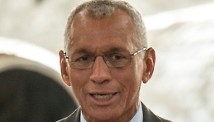
Charles Bolden
Take the unprecedented 37-year, 12-billion-mile odyssey of NASA's Voyager spacecraft
-- the first human-made object to venture into interstellar space. In
2012, our Curiosity rover made its harrowing landing on Mars. We also
provided key support and instruments to the European Space Agency's
Rosetta spacecraft and the recent first-ever robotic landing on a comet
with its Philae lander.
Everywhere I go, the
world over, students, citizens, scientists, explorers and entrepreneurs
are eager to get in on the action in this new era of space exploration.
And we are just a few days from yet another extraordinary milestone
toward a human journey to Mars.
On Thursday, NASA's Orion
spacecraft will blast off from Cape Canaveral Air Force Station on its
first test flight -- a major step in meeting President Barack Obama's bold challenge, supported by Congress, that America send humans to Mars by the 2030s.
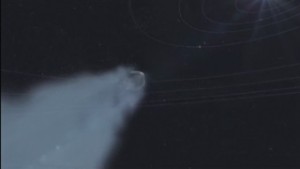 Mars comet flyby
Mars comet flyby
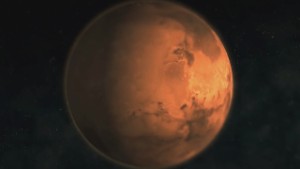 Mars? Is Elon Musk nuts?
Mars? Is Elon Musk nuts?
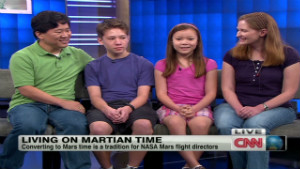 NASA family living on Martian time
NASA family living on Martian time
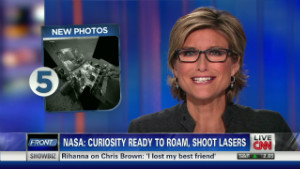 Mars rover sends back more pictures
Mars rover sends back more pictures
As the administrator of
NASA, I am excited by the opportunity to launch this historic journey.
As a former astronaut, I am proud and a bit envious of the amazing men
and women -- members of our elite astronaut corps -- who are now in
training to perhaps be the first people to set foot on the surface of
another planet.
Our uncrewed test flight
will send Orion 3,600 miles above Earth, farther into space than any
craft designed for astronauts has gone since the last Apollo moon
mission more than 40 years ago.
The mission has two
primary goals. First, as we have seen with two recent launch failures,
space travel is a dangerous business, which is why this test flight will
stress systems critical to ensuring the safety of future astronauts.
These include the heat shield, parachutes, avionics and attitude
control. We intend to learn as much as possible before Orion carries
astronauts to explore an asteroid and then on a journey to Mars.
Our second major goal is
to expose the spacecraft to the orbital environment it will endure on
missions into deep space. We will measure Orion's performance from
launch through its four-hour flight, splashdown and recovery in the
Pacific Ocean.
NASA is leveraging
expertise and resources from across the agency to achieve this next
giant leap in space exploration. For example, Curiosity measured
radiation on the way to Mars and is now sending back radiation data from
the Martian surface. In September, NASA's MAVEN (Mars Atmosphere and
Volatile Evolution Mission) became the first orbiter to study the
Martian upper atmosphere, MAVEN will greatly improve our understanding
of how Mars has changed over time and the potential for habitability.
Our deep-space exploration program is also driving development of
technologies such as solar electric propulsion, which will power
tomorrow's missions.
NASA is also changing
the way we do business, beginning with our commitment to help build an
American commercial space industry that is second to none. As President
Obama has said, the greatest nation on earth should not be dependent on
other nations to get into space. That is why we are now forming
partnerships with American aerospace companies to ferry cargo, and soon
humans, to and from the International Space Station. These commercial
partnerships are proving that America works best when government and
private-sector ingenuity work as a team. Our commercial partners are not
only allowing NASA to focus on our big goal of a human mission to Mars,
they are also creating good jobs and strengthening our economy.
The world has learned
much about the Red Planet after decades of exploration with rovers and
orbiters, but the time has come for human exploration, and we intend to
meet the challenge. The Orion test flight is the first step. It is
important to remember that NASA sent humans to the moon by setting a
goal that seemed beyond our reach. With our Journey to Mars program,
NASA is once again well on its way to breathing new life into an
American dream and turning science fiction into science fact.

No comments:
Post a Comment